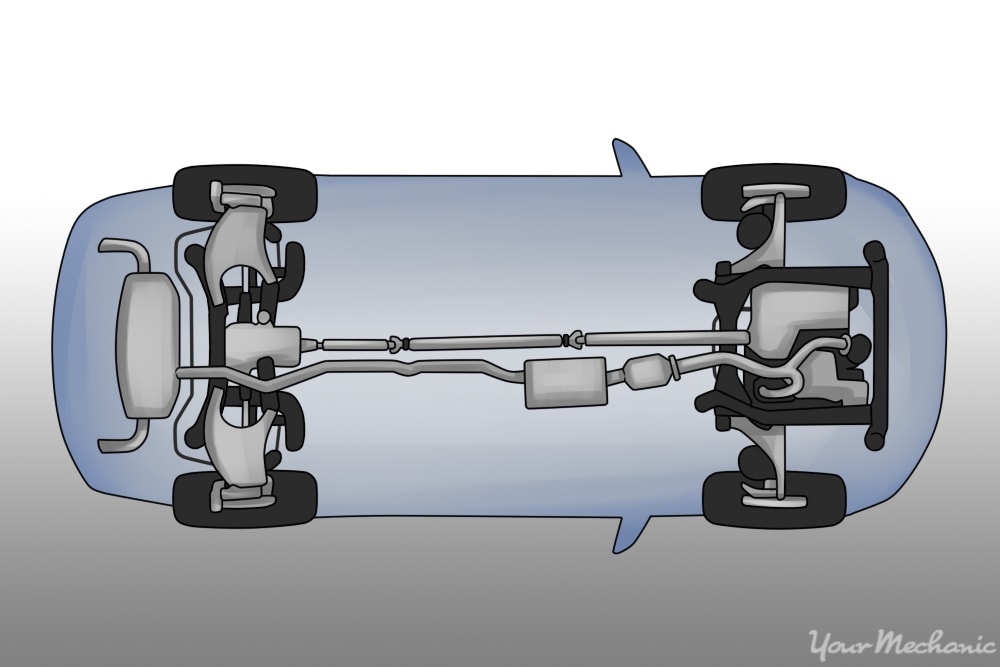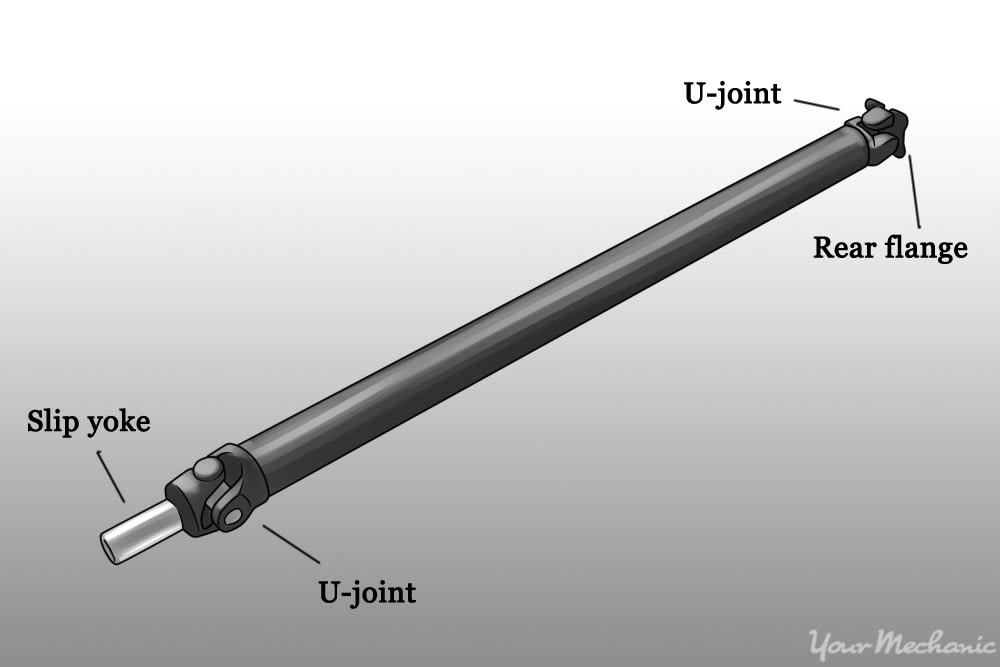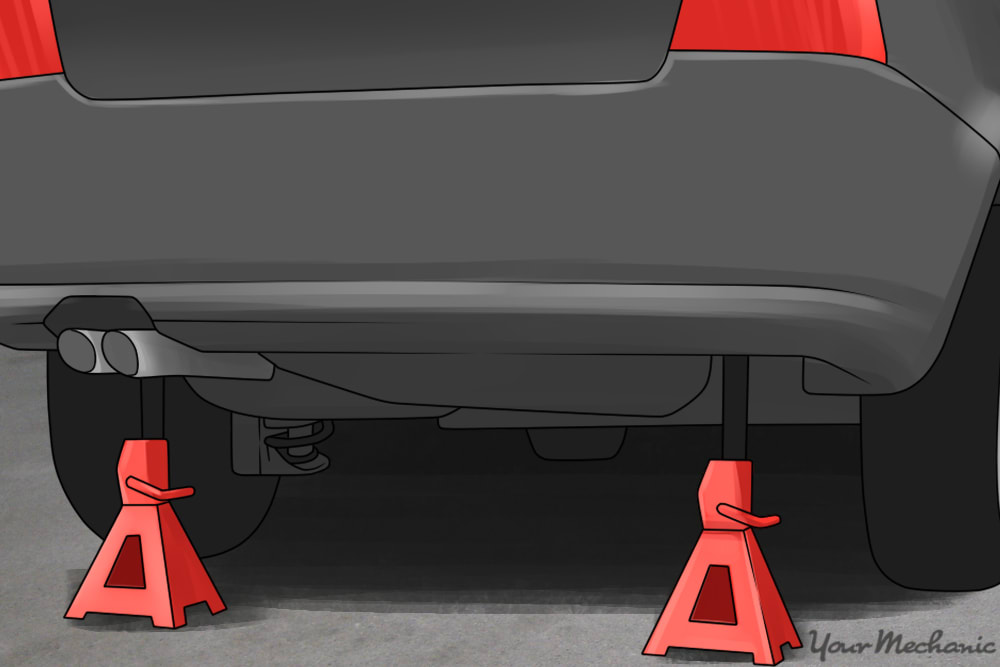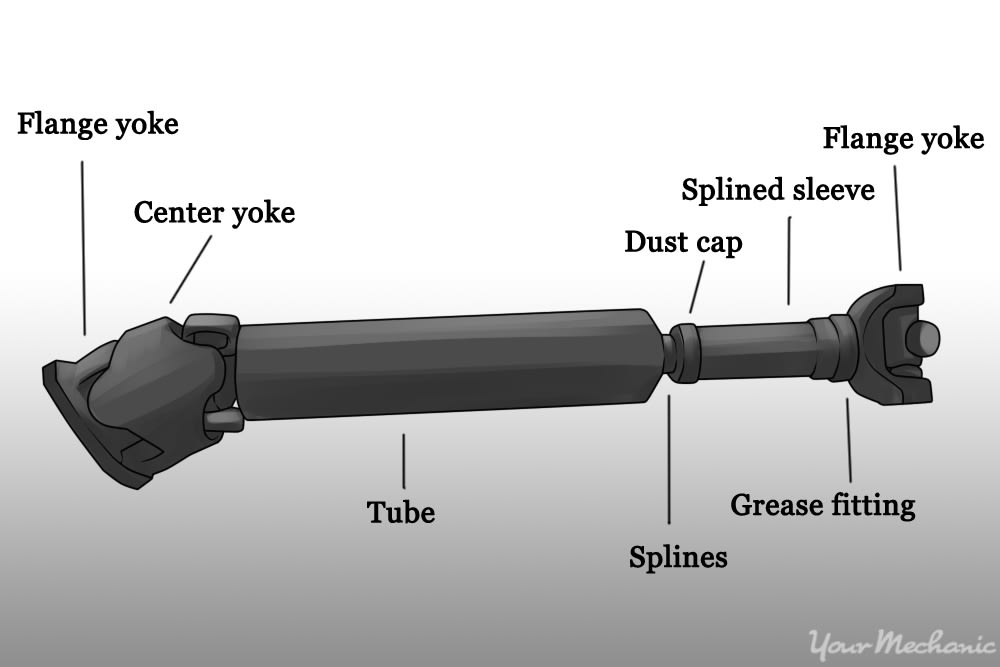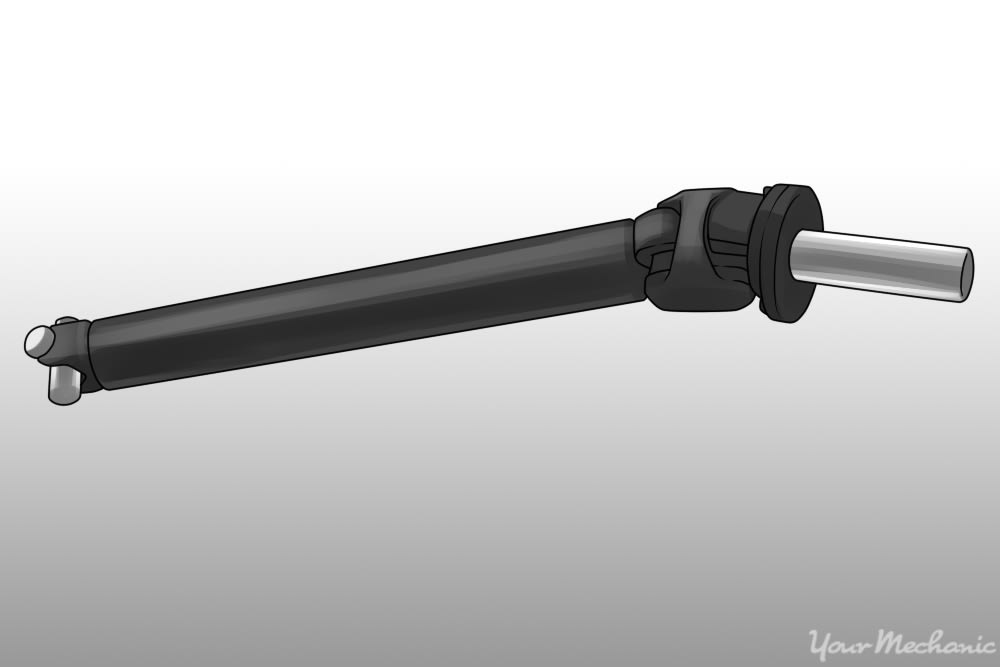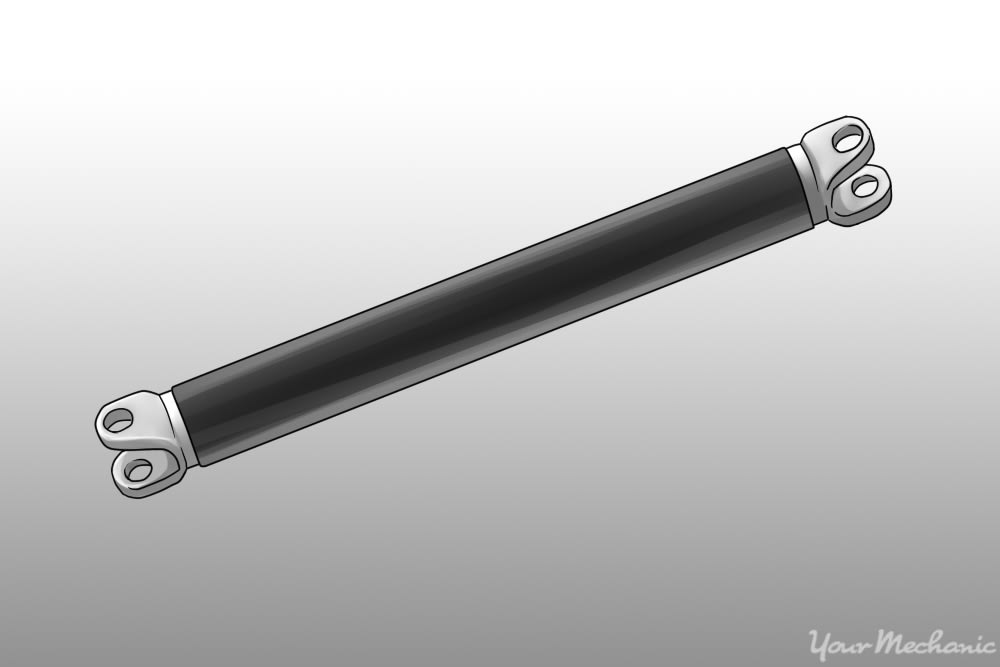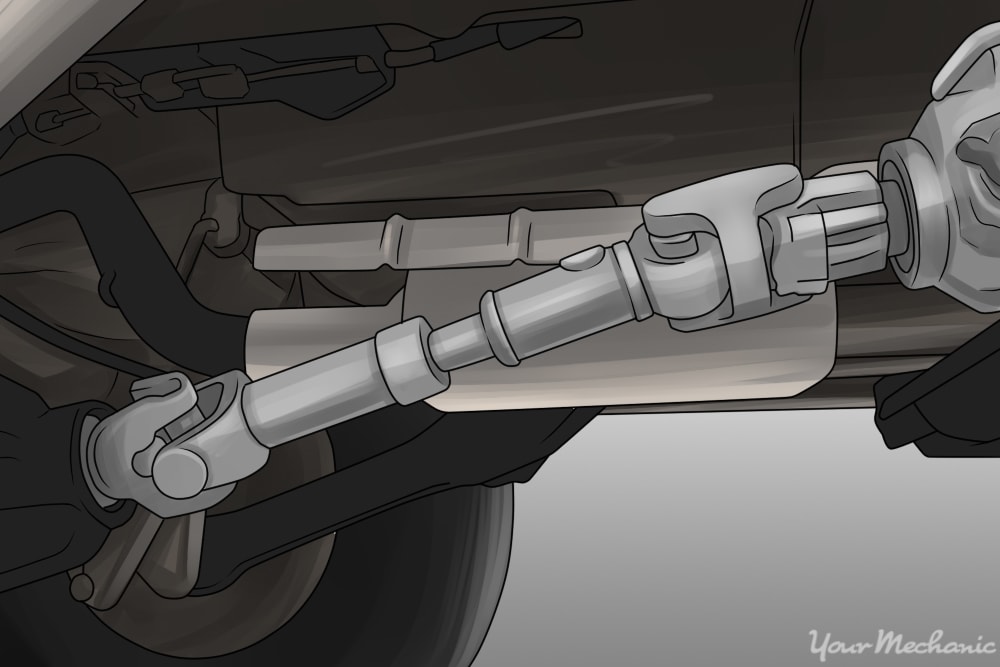

The driveshaft of a vehicle transfers the torque or power from the vehicle's transmission to the wheel axles.
If your car is a front-wheel drive, the power is sent to the two front wheels. If it is a rear-wheel drive, the power will be sent to the back wheel axles.
Four-wheel drive vehicles can sometimes have two driveshafts to ensure that there is enough power to drive on difficult terrain.
If you need to replace the transmission, any other vehicle component, or even the driveshaft itself, you may need to measure it so that you can replace it with compatible parts.
If the original driveshaft is still available, it can be measured to ensure that the replacement has the same dimensions. If the original driveshaft is damaged, or if you purchased the vehicle without a driveshaft, you will have to take careful measurements and ensure that the correct replacement is available.
This article shows you how to measure the drive shaft length correctly.
Part 1 of 2: Lift the vehicle
Materials Needed
- Flashlight
- Hydraulic floor jack
- Jack stands
- Paper and pen
- Steel tape measure
- Wheel chocks
Unless your vehicle is high enough to crawl underneath, you will need to lift the vehicle till you have enough space to work under it comfortably. To do this, raise the rear end of your vehicle using a hydraulic floor jack and place jack stands under the rear axle.
Step 1: Secure the vehicle. If possible, park your vehicle on firm, level ground and apply the parking brake.
If the ground is soft, uneven, or sloped, it will be much more challenging to use the jack and jack stands safely.
Place wheel chocks securely against a front tire to prevent the vehicle from sliding.
- Tip: Since the parking brake on almost all vehicles holds the rear wheels, lifting the rear wheels of the vehicle off the ground can allow the vehicle to roll. Placing wheel chocks against a front tire helps stabilize the vehicle.
Step 2: Use a jack to lift the vehicle. Determine the correct lifting point under the rear of the vehicle and place the jack at that point.
It’s important to find the correct lifting point so that the vehicle does not slide off the jack while lifting it and it also helps prevent any damage to the vehicle.
The correct lifting point is usually the center of the rear axle, under the differential.
Tip: Check and determine the correct lifting point ahead of time as it can vary between different vehicles. You can also refer to the owner’s manual of your vehicle to find the
Warning: Whenever lifting a vehicle with a jack, always place jack stands below the vehicle to support it before you begin working underneath. It is very dangerous to work under a vehicle that is being supported only by a hydraulic jack.
Step 3: Place the jack stands. After lifting the vehicle, place jack stands securely under the rear axle.
- Tip: When measuring driveshaft length, the vehicle’s weight must rest on the rear suspension. This will affect the distance between the back of the transmission and the pinion flange on the rear axle.
Part 2 of 2: Measure the driveshaft
Materials Needed
- Flashlight
- Paper and pen
- Steel tape measure
Step 1: Take an accurate measurement. The actual measurement process can vary depending on the type of driveshaft your vehicle uses and how it is mounted.
If your vehicle has a flange mounted on the back of the transmission and a flange on the differential, simply measure the distance between the two flanges.
On many vehicles, the driveshaft just slides onto the transmission output shaft in the front and bolts on at the rear. If the driveshaft in your vehicle is of this style, measure the distance from the end of the transmission shaft to the centerline of the rear u-joint.
If the driveshaft is out of the vehicle, also measure how far the transmission output shaft sticks out past the end of the transmission case.
Other vehicles use a driveshaft that connects from one U-joint to another U-joint. If your driveshaft is of this type, measure the distance from the centerline of the front U-joint to the centerline of the rear U-joint.
- Tip: Ahead of time, look at the tape measure you are using and identify how 1/16th of an inch is marked. This will be the degree of accuracy you need for driveshaft length. When you are taking the measurements under the vehicle, get a friend to help you measure the length. Having a person on each end of the tape measure will make it much easier as well as more accurate.
Step 2: Take some pictures. Take a few pictures while you’re under your vehicle.
Capture pictures of the back end of the transmission, as well as the differential on the rear axle where the driveshaft attaches.
If the driveshaft is out, also take a picture that shows how many splines are on the transmission output shaft. Having those images may be helpful later when talking with a driveline shop or ordering parts.
Getting the right driveshaft and installing it correctly is a crucial job when it comes to the safe operation and reliability of your vehicle. The difficulty level is usually within the reach of a person handy with tools and armed with some specific information.
However, if something doesn’t look right or feel right, play it smart and ask for help. One of our top rated technicians from YourMechanic can replace the driveshaft for you at your convenience and location.



